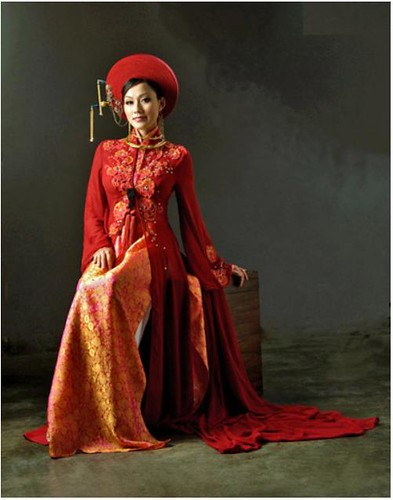In the article, Japanese
Schoolgirl Inferno by Marcias and Evers looks at the different styles of
Japanese schoolgirls and attempts to identify key factors that make up each of
the girls outfits, and documents interviews with the girls. First, we have the Takenokozoku
girl from 1979, and she wears this almost pajama-like outfit, and carries a
boom box and whistle everywhere with her. What I find even more interesting is
that, ”Takenokozoku influence appears in the air whenever packs of kids gather
to hang out in Harajuku” (Marcias, Evers 30). That even though their style
maybe way in the past, it is still very popular among the youth. Then we have
the Lady’s, and they sort of remind me of that cool crowd of girls at school,
that were so cool and smoked cigs. Sort of like the Pink Lady gang from the
musical Grease. Except the Lady’s had purple eye shadow, and rode motorcycles.
The Kogal girl is more so of the typical scoolgirl that is seen in manga and
anime. They wore the schoolgirl uniform, except the skirts are too short and
their socks were so long that it made Sailor Moon girls look stuffy. The list goes on and on from girls with
Jersey Shore tans and Barbie doll like hair to Gothic Lolita girls, which goes
to show us the wide variety of styles that Japanese girls participate in. Blogger
Danny Choo from dannychoo.com writes, “Lucy
Pop do everything one would need to transform themselves into a fully fledged
school girl” almost to showing that the Japanese schoolgirl is a
costume, or a being that people are willing to play dress up, and pretend to be
for a Halloween night.
Source: http://www.wordpress.tokyotimes.org/?p=3000
Source: http://ladiescoco.blogspot.com/2010/11/makeup-tutorial-for-harajuku-ganguro.html
Be Green Update:
I SURVIVED! (I Will
Survive plays in the background) This weekend is what many people know as Black
Friday, the biggest weekend dedicated to shopping in high volume at heavily
discounted prices. I do feel a bit
terrible that my mom told me to wait in line at Best Buy to get a new digital
camera, but it was because the one we have is dead and she wants one so she
could take pictures of me for when I walk this December! Almost done with
school! While I was at best buy, I could see these hungry techies and families
salivating at the awesome deals they could score on TVs, laptops, and whatever
else they could get their hands on, sort of disgusting. It makes me feel gross
just thinking about how I used to be about sales. O while everyone was grabbing
their black Friday steals, I went digging in my closet, and I find an old grey
sweatshirt and circle scarf, never worn, and in great condition. Almost done
with the challenge, and I’m feeling good.
- Krizia












